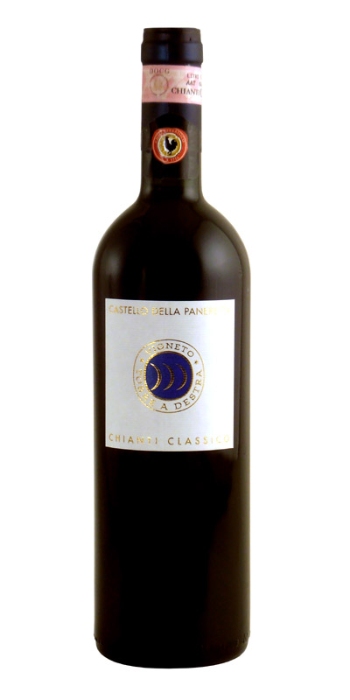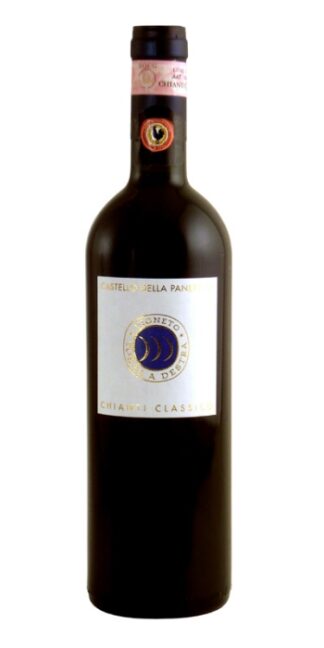Description
Chianti Classico Riserva Torre a Destra 2014 Castello della Paneretta
Variety: 100% Sangiovese
Garnet red color
On the nose it has everything it needs to have: complexity, finesse and plurality. Classic aromas, in continuous succession, spices and then plum and cherry, undergrowth, chestnuts and mushrooms. Violet dances persuasively, with tobacco, leather, cocoa, vanilla and wonderful notes of aromatic herbs, among which thyme and laurel stand out. The whole is very fascinating.
On the palate it has power and gentleness. Voluminous and superb, it manages to move with elegance, between structure and volume. Excellent texture of tannins, however gentle and not pungent. He easily achieves balance and harmony. Very deep and persistent, it extends into a finish rich in aromas of flowers, blackberries and blueberries.
Overall, Tuscany can boast a Chianti Classico Riserva of notable class, because it manages to be both powerful, elegant and very persistent.
Chianti Classico Riserva Torre a Destra 2014 Castello della Paneretta
The grapes come exclusively from the Torre a Destra vineyard.
The type of training is divided between spurred cordon and espalier with guyot pruning.
After the harvest, it carries out alcoholic fermentation in stainless steel containers at a controlled temperature of 27/28 ° C for 15 days.
Refines in French oak barrels for 24 months.
The Paneretta Castle has very ancient origins, which date back to the battle of Montaperti in 1260. With a total area of over three hundred hectares, of which 22 are vineyards, it is one of the largest farms in the area.
Based on the type of soil we can divide the body of the vineyards into three different areas.
The Terrine, Torre a Destra, Torre a Sinistra vineyards have clay with a large quantity of light galestri and limestone formations. The strata are arranged in the direction of the hill and the rocky outcrops are weak. Soils are light ocher, little eroded and have an extraordinary physical balance. Full-bodied and well-structured wines are extracted from these soils.
The Ciliegio, Bossolo, Barbiano vineyards have layers of purplish red schistose clays alternating with deposit banks of more clayey and loamy soils. The wines of these lands are produced leaner wines, but with greater finesse.
Finally, from the Querciole and Poggio vineyards. These are semi-flat soils placed on top of the hills. Here we can observe the process of ancient formation dating back to climatic eras of a completely different nature, where the aggression of iron and aluminum on the limestone banks, gave rise to deeper and stronger soils. The position of these lands combined with their exposure there protected from washout and made more generous.





